brk() and sbrk()
From the manual(2) of brk().
brk() and sbrk() change the location of the program break, which defines the end of the process's data segment (i.e., the program break is the first location after the end of the uninitialized data segment). Increasing the program break has the effect of allocating memory to the process; decreasing the break deallocates memory.
brk() sets the end of the data segment to the value specified by addr, when that value is reasonable, the system has enough memory, and the process does not exceed its maximum data size (see setrlimit(2)).
sbrk() increments the program's data space by increment bytes. Calling
sbrk() with an increment of 0 can be used to find the current location of
the program break.
I'll use that because, honestly, I can't define those functions any better. Keep in mind that both brk() and sbrk() are system calls provided by the Linux Kernel. This is the first main difference between them and the malloc() family - malloc() and brothers are GLibC Implementations.
This SO Question will tell you exactly what they do and what is the program break, so I won't copy all of that here.
malloc(), calloc(), free()
As said, they're implemented by GLibC and manage memory blocks on the system through a list. Simply put(and let me stress the simple part), malloc() will find a free block on that list that fits the size requested by the user and return that block's address and mark it as in use; free(), on the other hand, will return that block to the list.
You can download the sources from here. As of now, the latest is 2.22. Once downloaded, extract and go to glibc-2.22/malloc. Under this directory you'll find the source for malloc (malloc.c).
Extracted from the first comment section on the malloc.c file:
The main properties of the algorithms are:
For large (>= 512 bytes) requests, it is a pure best-fit allocator,
with ties normally decided via FIFO (i.e. least recently used).
For small (<= 64 bytes by default) requests, it is a caching
allocator, that maintains pools of quickly recycled chunks.
In between, and for combinations of large and small requests, it does
the best it can trying to meet both goals at once.
For very large requests (>= 128KB by default), it relies on system
memory mapping facilities, if supported.
For a longer but slightly out of date high-level description, see
this.
I recommend following that last link and reading it.
Furthermore, this PDF file which explain the inner workings of malloc() and free().




